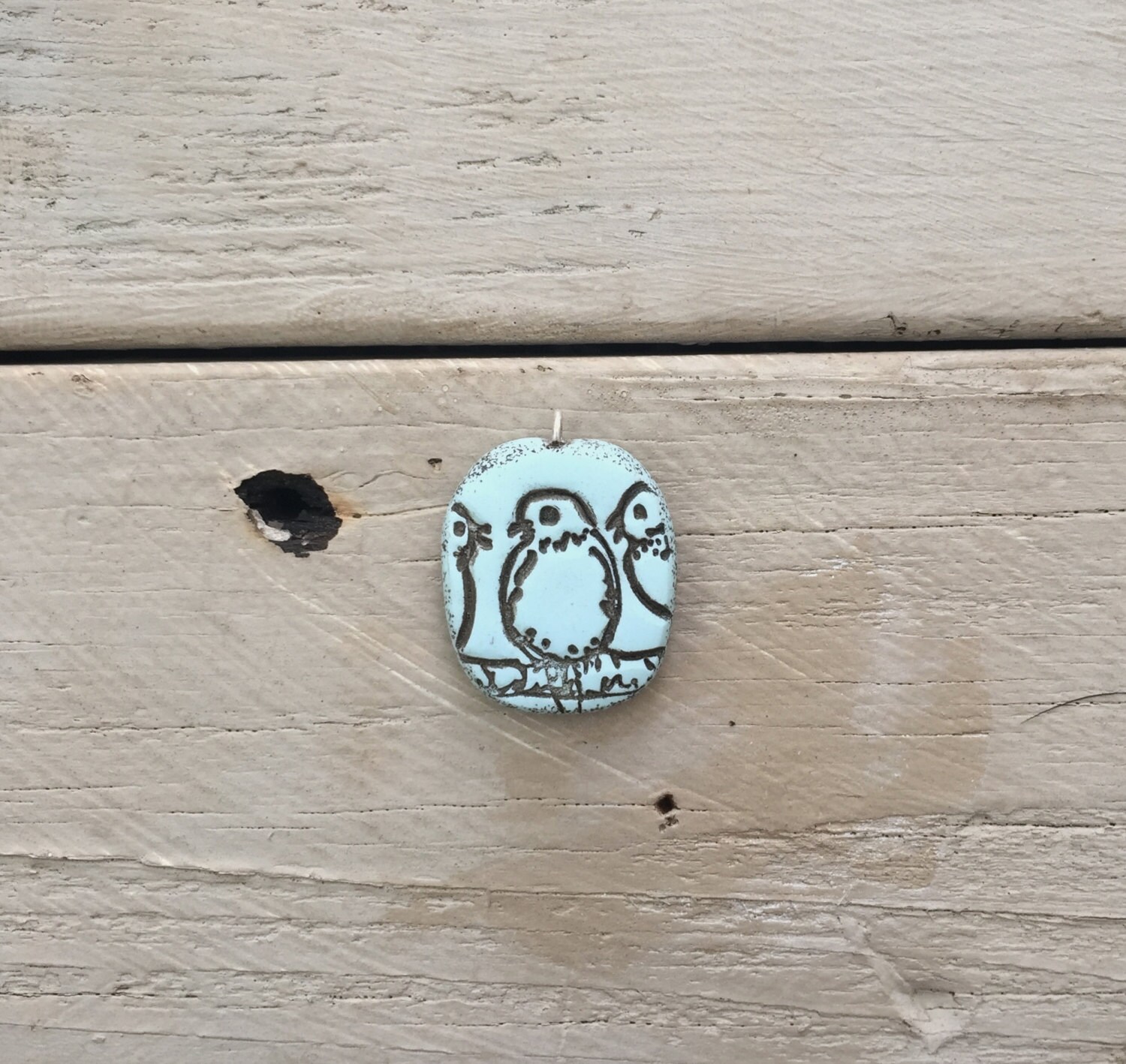

Local link to Changes to terms of service Changes to terms of serviceĬhit Chats reserves the right to change or modify any of the terms and conditions in these Terms of Service or any policy or guideline of the Site, at any time and in its sole discretion.Īny changes or modifications to these Terms of Service will be effective immediately upon posting on the Site, and you waive any right you may have to receive specific notice of such changes or modifications. These Terms of Service exempt Chit Chats and others from liability and/or limit our and their liability and contain other important provisions that apply to your use of our Service. You represent and warrant that you are authorized to accept these Terms of Service on behalf of yourself (and any other person or entity that uses your account), and that you and such entity agree to indemnify Chit Chats for violations of these Terms of Service. The term "you" ("your", "yourself", "User", "client", "Account Holder") refers to the person accessing or using the Site or our Service, or the company or organization on whose behalf that person accesses the Site or our Services. Furthermore, by accessing or using our Site and Service, you agree to be bound by the terms and conditions of these Terms of Service, and all terms incorporated into these Terms of Service by reference. In addition, please refer to our Privacy Policy for information on how Chit Chats collects, uses and discloses personally identifiable information from its users on the Site. This includes the messages, information, data, text, software, images and other content that make up this Service (the "Content".) If you do not agree to these Terms of Service, you must stop using our Site and Service. ("Chit Chats", "we", "our" or "us") services (the "Service"), you are agreeing to these terms and conditions, including the Terms of Use and the Shipment Compliance Declaration, access to, and use of, our Site and Service. By accessing or using website (the "Site", "Chit Chats") or any Chit Chats Express Inc. Practice turn taking with games (i.e.Please read these terms and conditions of service and use ("Terms of Service") in detail.This will encourage two word utterances.if they say “ball”, say “red ball”, or“big red ball”) Expand upon words that your child is using (i.e.This will help to teach them intent of communication, and that when they talk, you will respond back.If your child has difficulty using vocalizations consistently when they do make noises, repeat it back to them with the exact same sound, tone of voice, and inflection.If they have a sign in their repertoire make them use it before giving them what they want (i.e.Encourage use of signs to communicate when the child is having difficulty requesting or commenting.“Yes, I want more ball, or No, I am all done with the ball”)
#CHIT A CHAT FULL#
When answering yes/no questions, if the child is just saying back “yes or no”, expand the utterance to include the full choice to demonstrate that there are two clear choices (i.e.Put their hands at your eye level to direct them and/or point to your eyes.Encourage children to look at your eyes when requesting,.Encourage asking for hugs (when the child wants one) to be consistent in teaching your child to respect someone’s personal space.

Explain that if they want to enter the other person’s space, they need to ask.

Place a hoola hoop around yourself and one around the child. Encourage the use of “appropriate personal space”.Now some tips for encouraging back and forth communication with your child: It is like the manners or expectations of communication both verbal and nonverbal. It is how we greet people, hold a conversation, take turns speaking, the personal space we maintain when we are speaking to others, eye contact etc. This helps your child to increase the words he knows and understand what those words mean. Point to as many items in your child’s world as you can and name them for your child. So, language is both understanding and expressing. We have to know and understand things in order to talk about them. This can be done verbally or nonverbally. Language is how we communicate our wants and needs. If your child is challenged learning to take turns talking and be understood, try some of these tips.įirst let’s define words you may hear when talking to professionals.


 0 kommentar(er)
0 kommentar(er)
